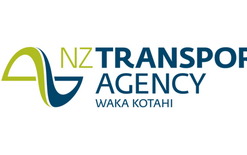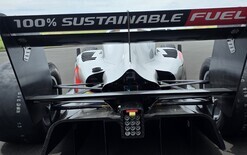Ancap’s road map for change

The next step-change in safety ratings criteria takes effect next year as Ancap broadens its test and rating criteria.
From January 2023, Ancap, which shares common test and rating protocols with Euro NCAP, will be adding new and updated tests and assessments to its star-rating regime to incentivise a continued high level of safety for consumers.
The overhaul forms part of Ancap and Euro NCAP’s regular “enhancements” that encourage continual safety improvements every few years. The previous step-change took effect from January 2020.
“Our 2023 requirements build on our existing criteria to promote further safety improvements and address some of the ongoing challenges on our roads,” says Carla Hoorweg, Ancap’s chief executive officer.
Its expanded 2023 test and assessment criteria will include areas such as the ability of a vehicle to avoid a crash with a motorcyclist, child presence detection and vehicle submergence.
Several existing assessment areas will be enhanced. These include a heightened focus on vehicle-to-vehicle compatibility by introducing a potential an eight-point penalty compared with the four points.
There will be a 10 per cent increase to the star-rating thresholds for vulnerable road-user protection, the assessment of direct driver-monitoring systems to manage inattention and fatigue, and an expansion of autonomous emergency braking test scenarios. This will include additional night-time tests and child pedestrian-avoidance tests when a vehicle is in reverse.
“Vehicles and the safety technologies in them are continuing to evolve, and our test criteria are too,” adds Hoorweg, pictured. “Physical protection in a crash and the ability to actively avoid a crash are essential elements to achieve a high rating. This approach will continue from 2023.”
Requirements set for each star-rating level are designed to encourage vehicles that provide a good balance of passive safety, such as how well a car will protect people inside during an accident, and active safety. The latter is the ability of a vehicle to prevent or minimise outcomes through active collision-avoidance systems.
Links to more information
Fact sheet 1: What’s new from 2023?
Fact sheet 2: Tests, scores and weightings
Video: What’s new from 2023?





